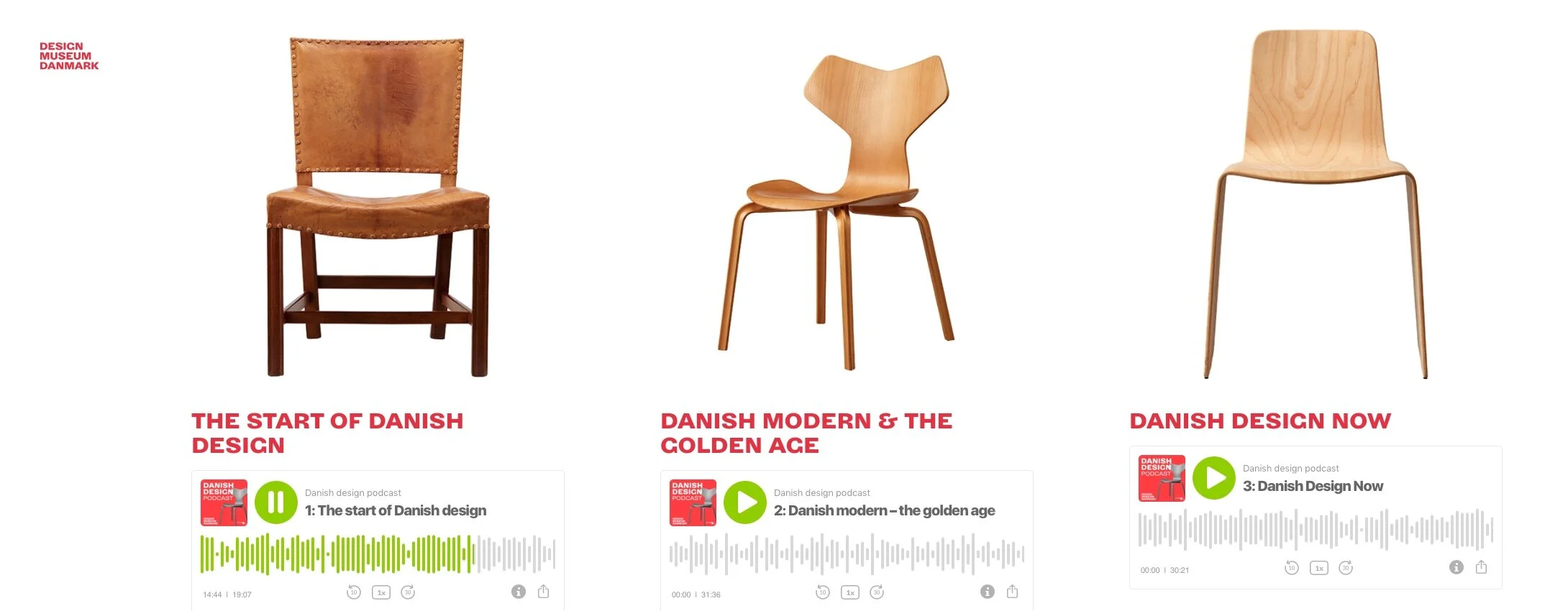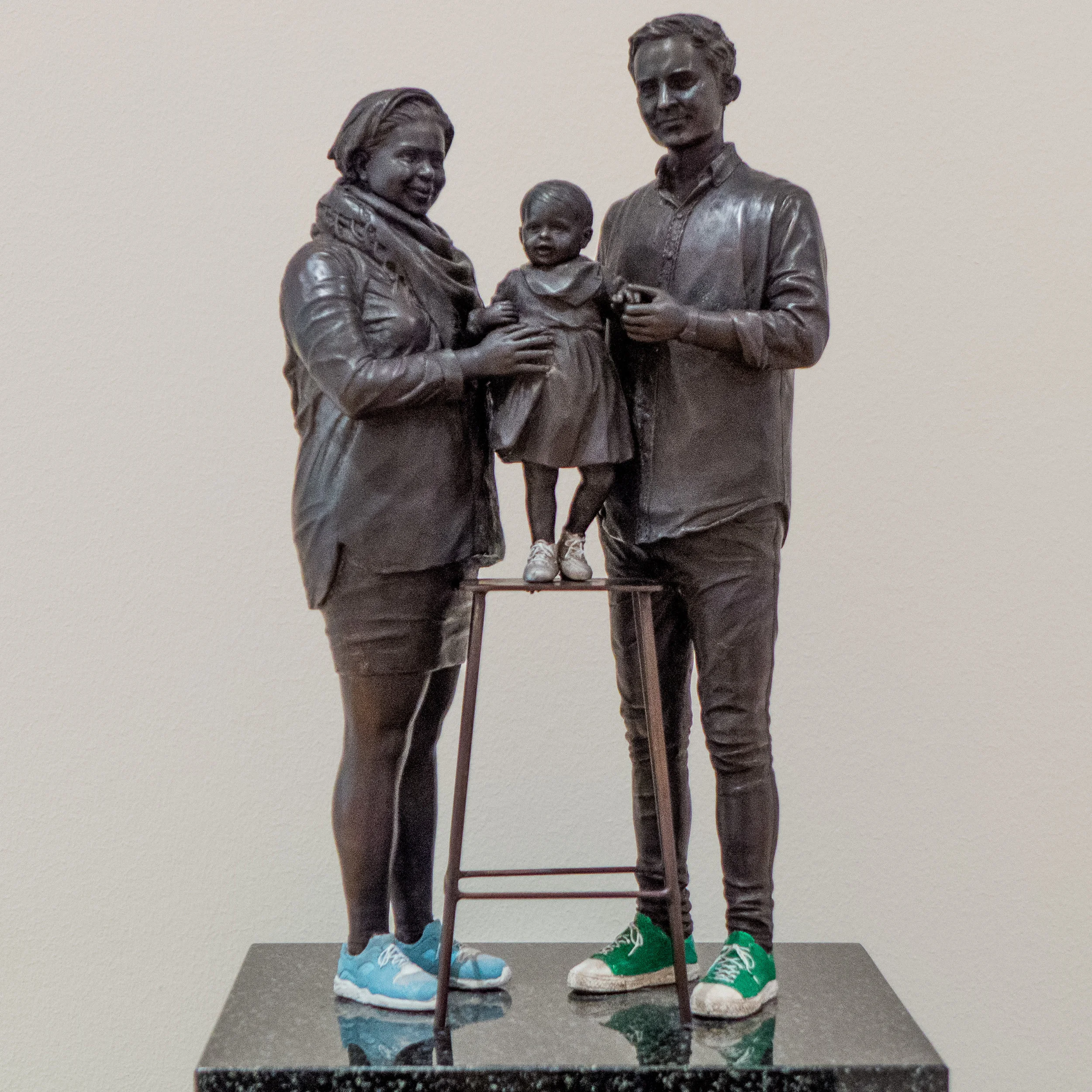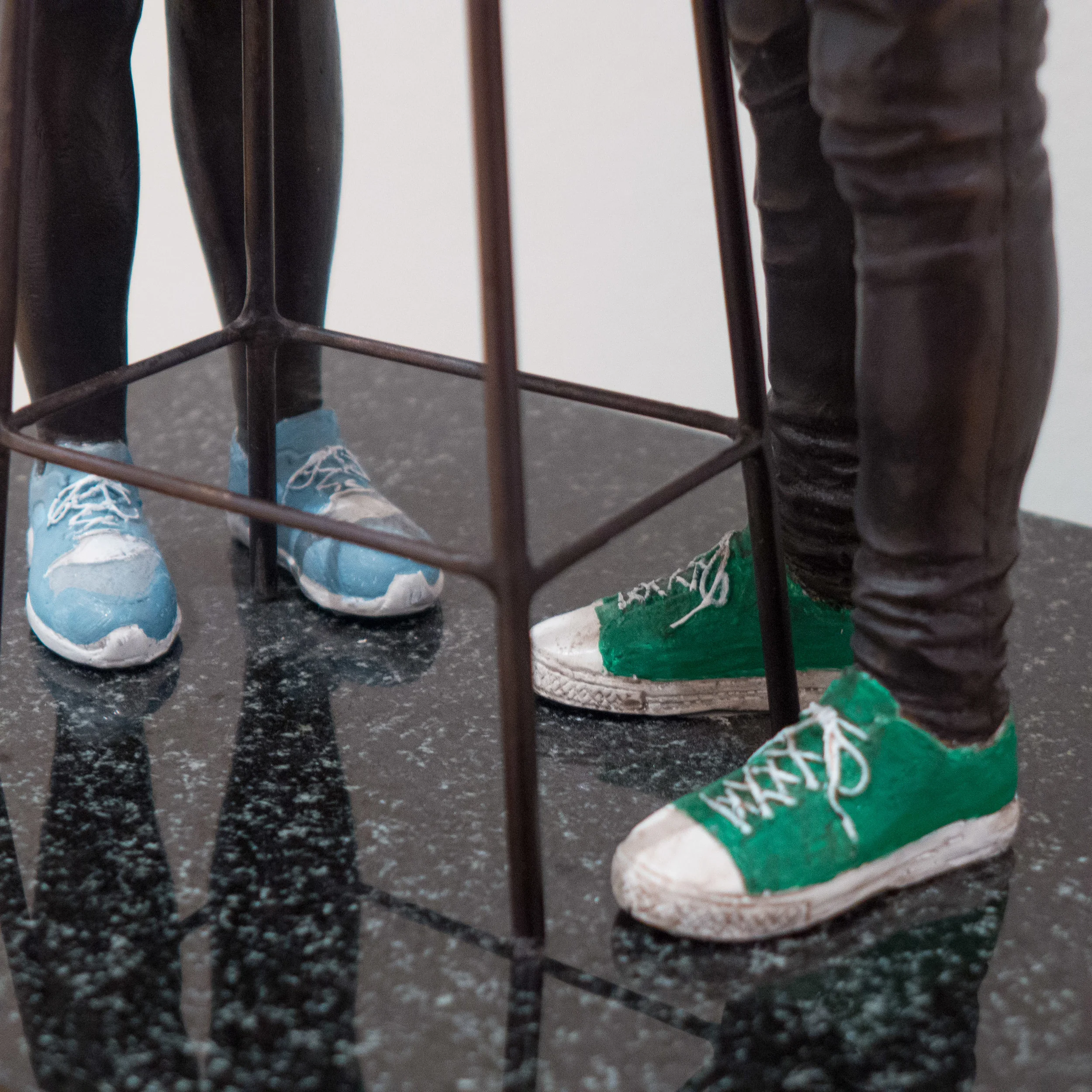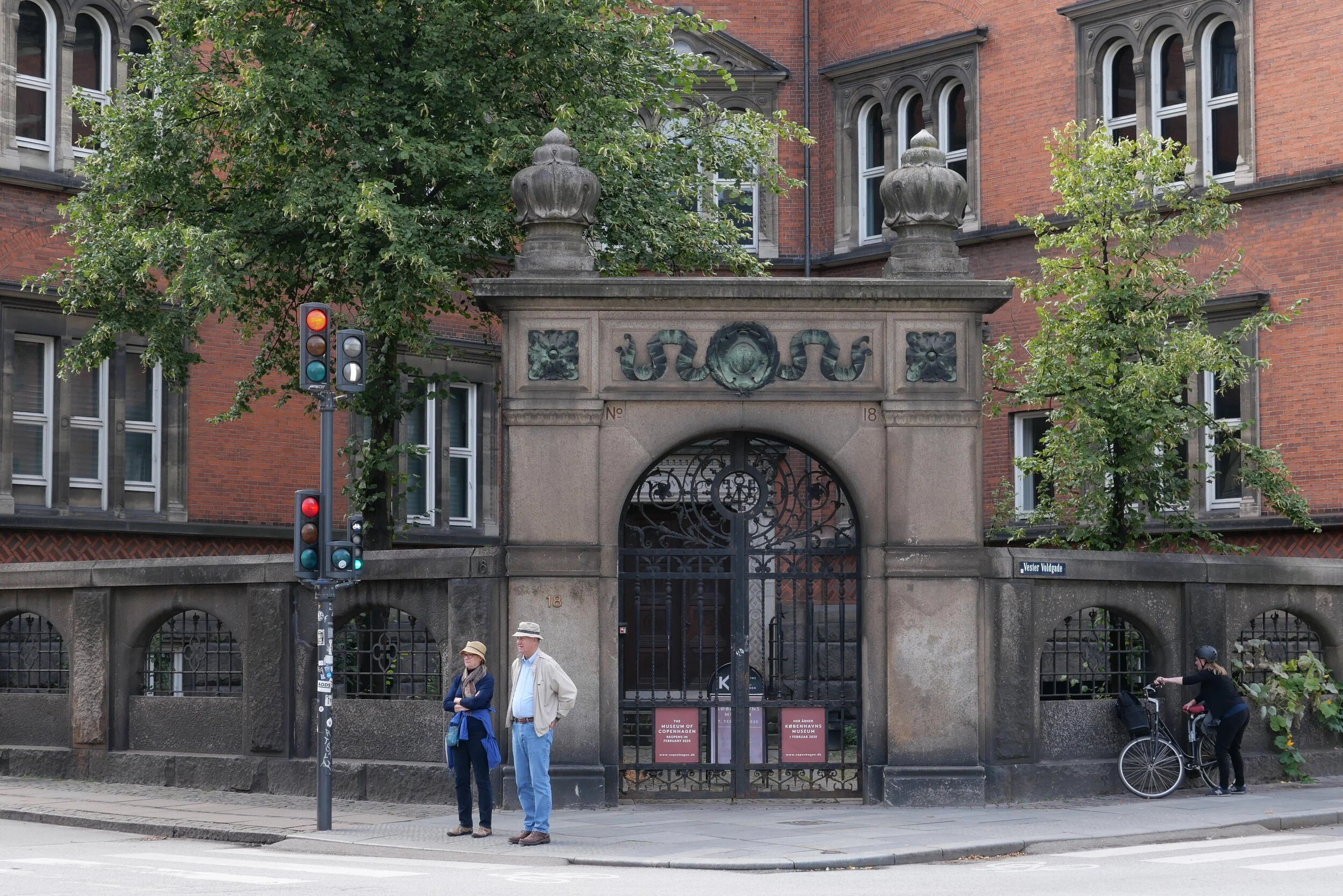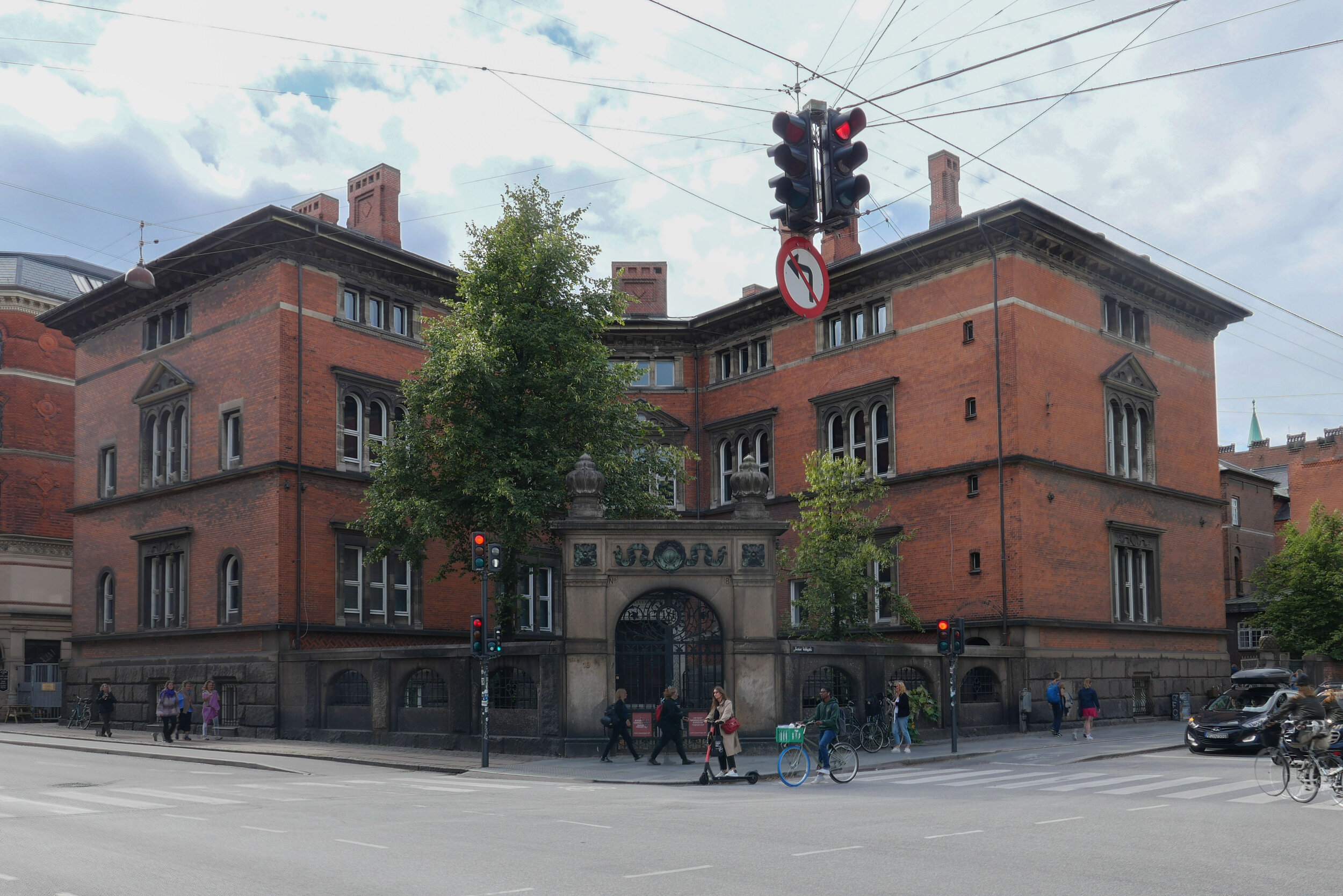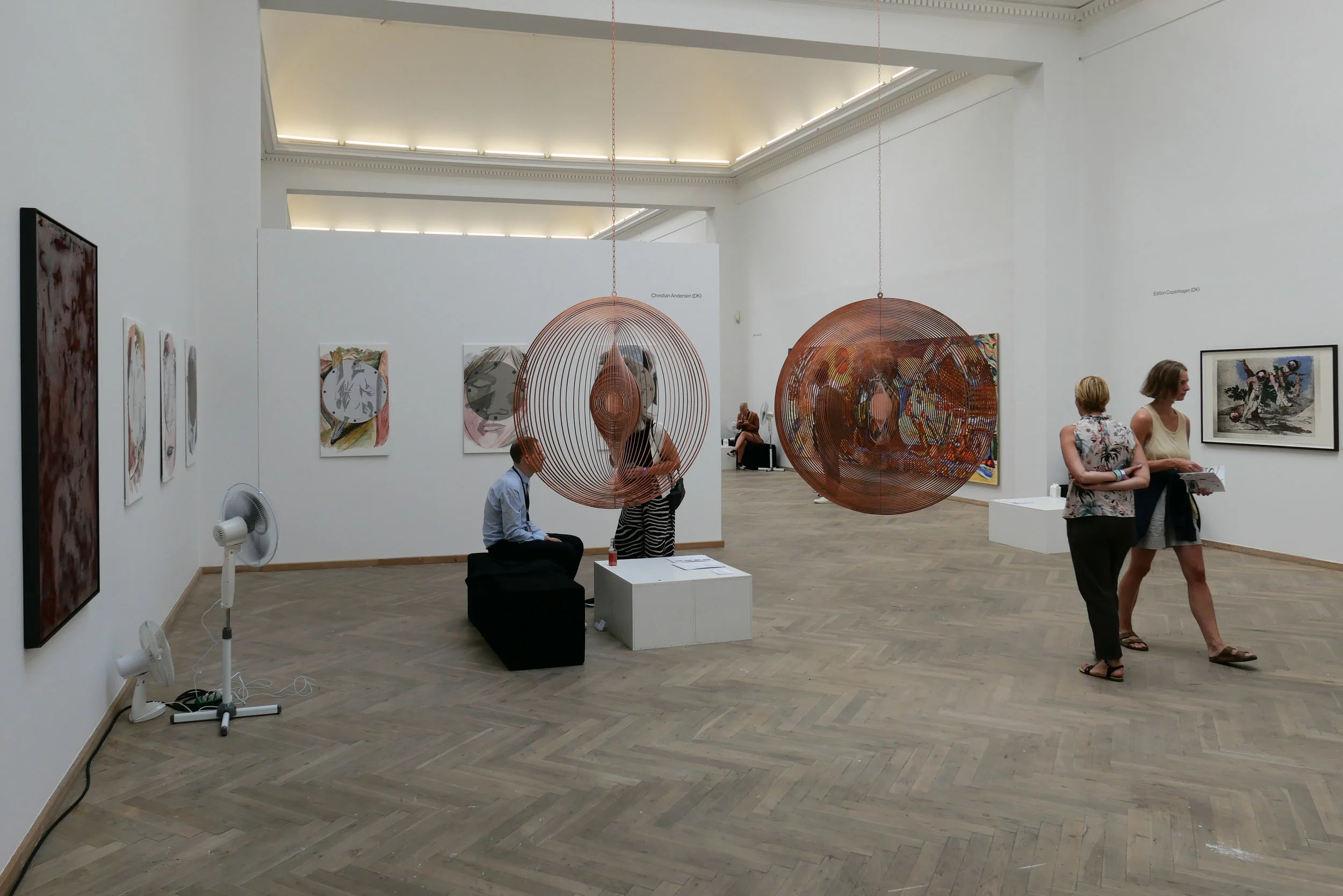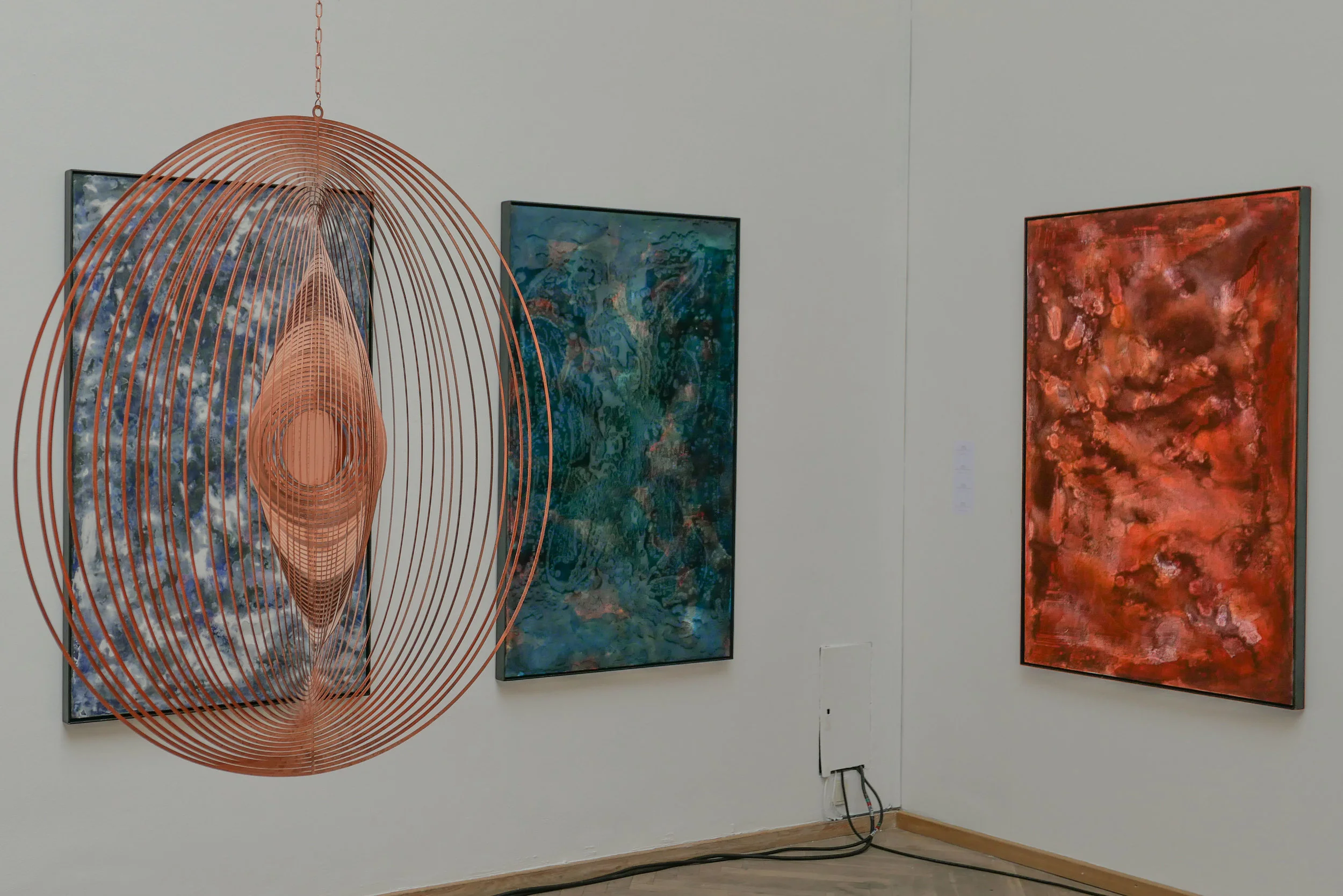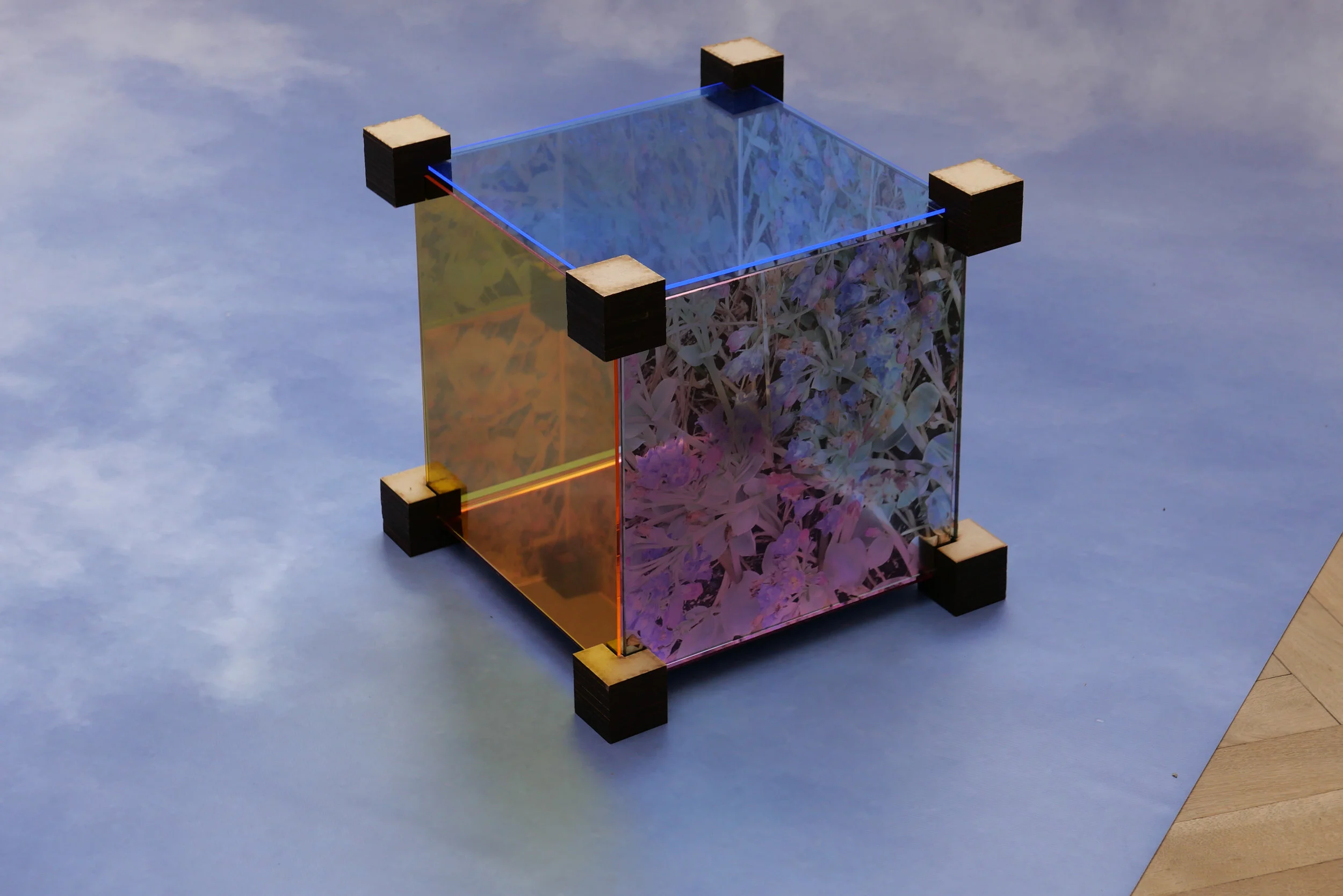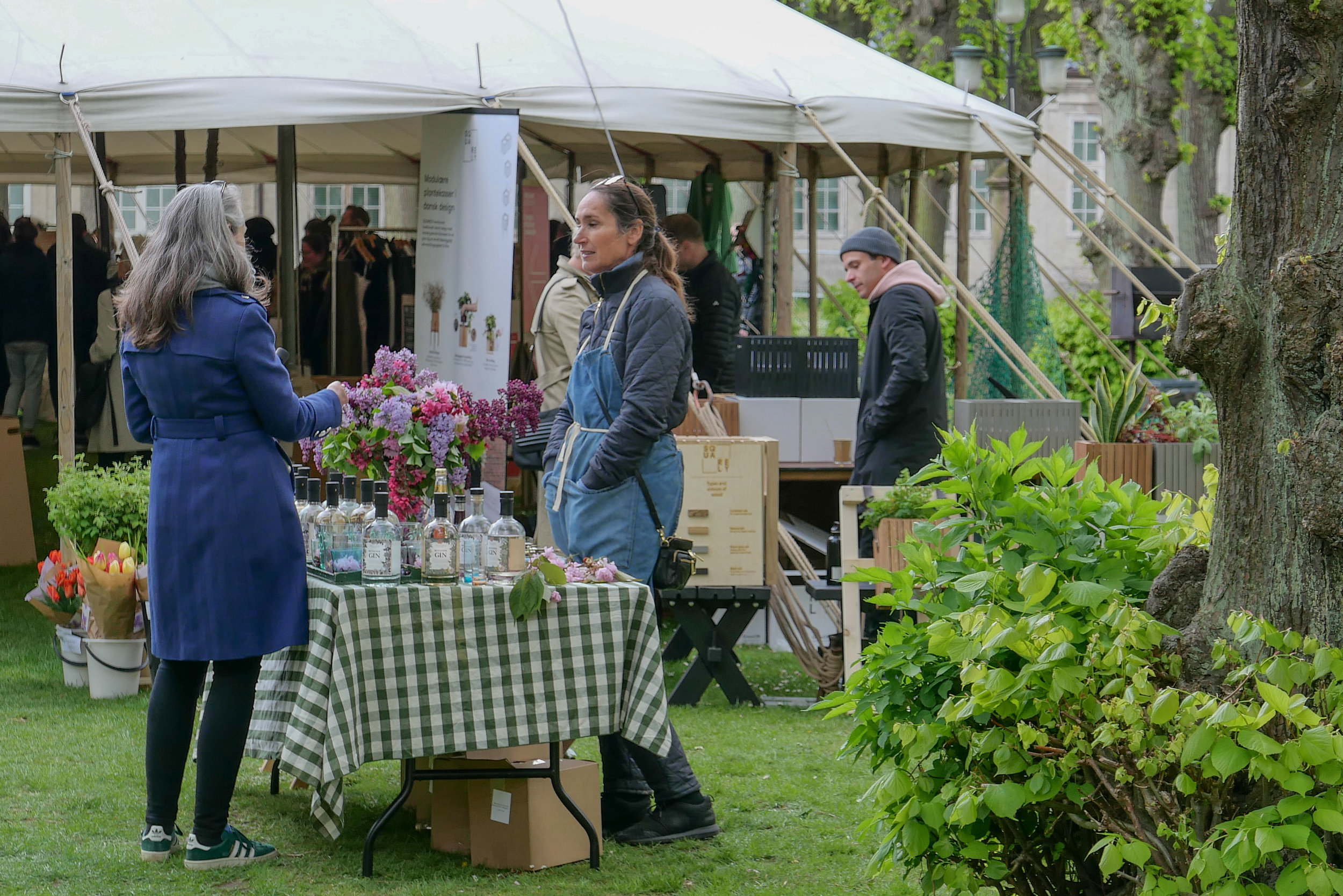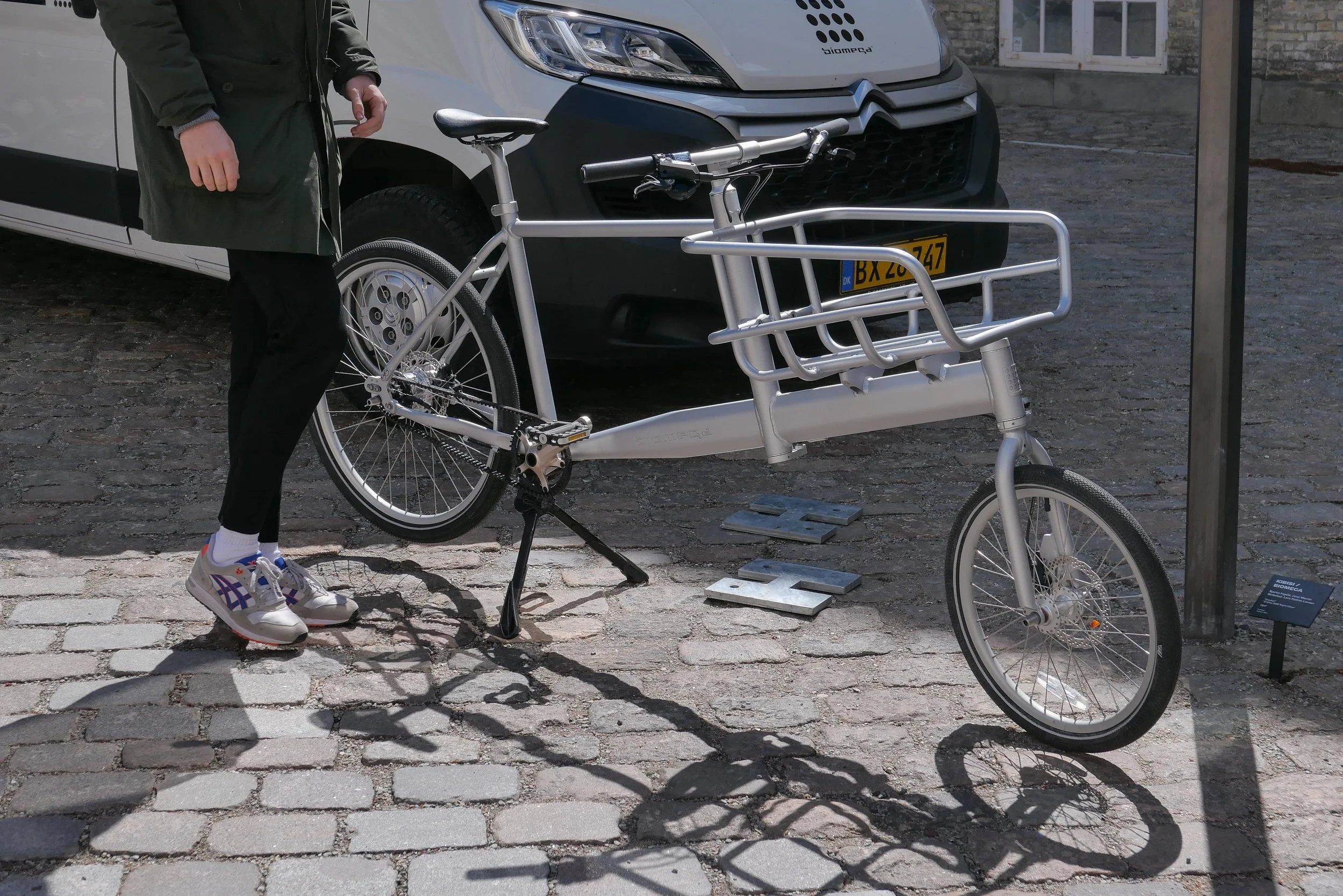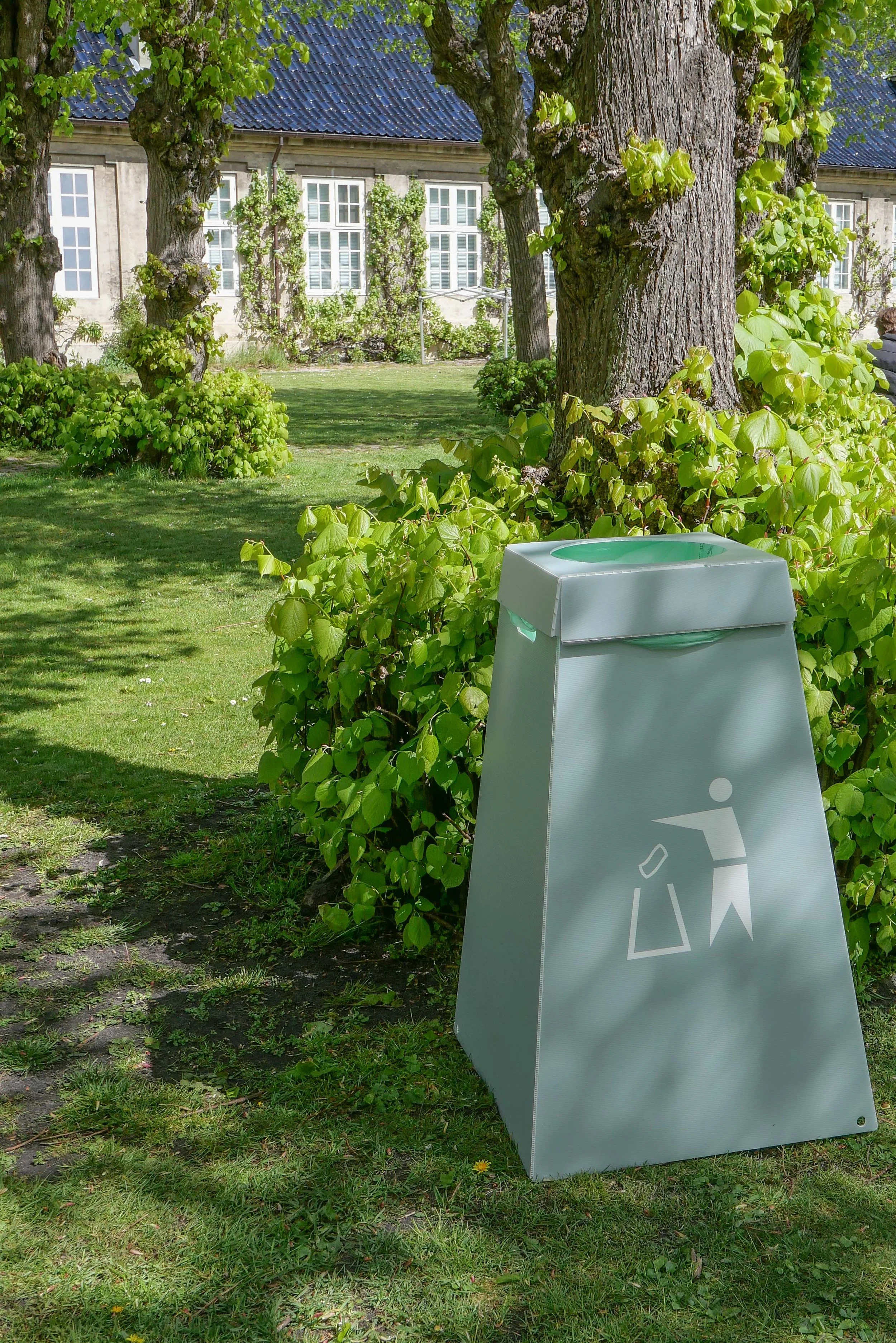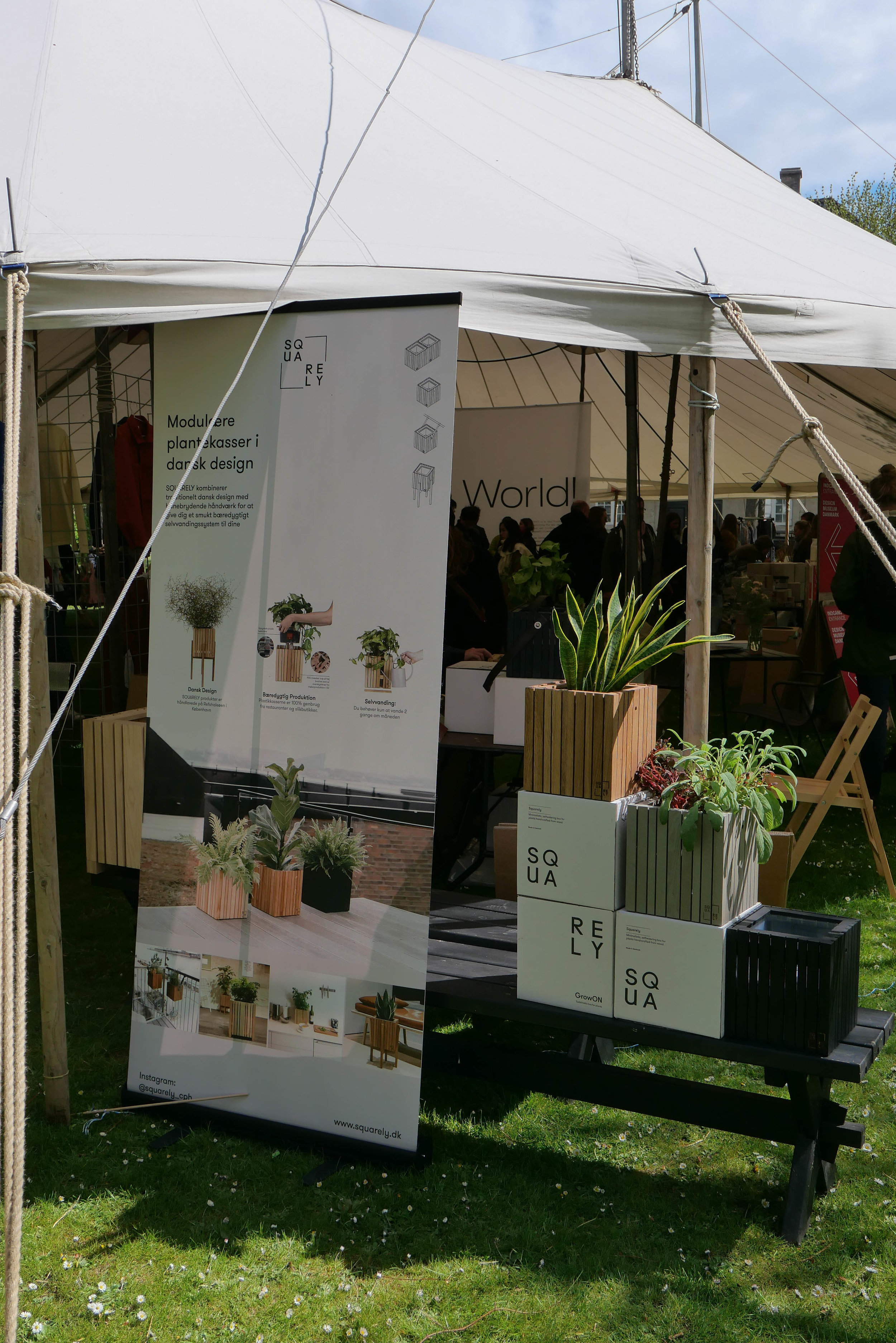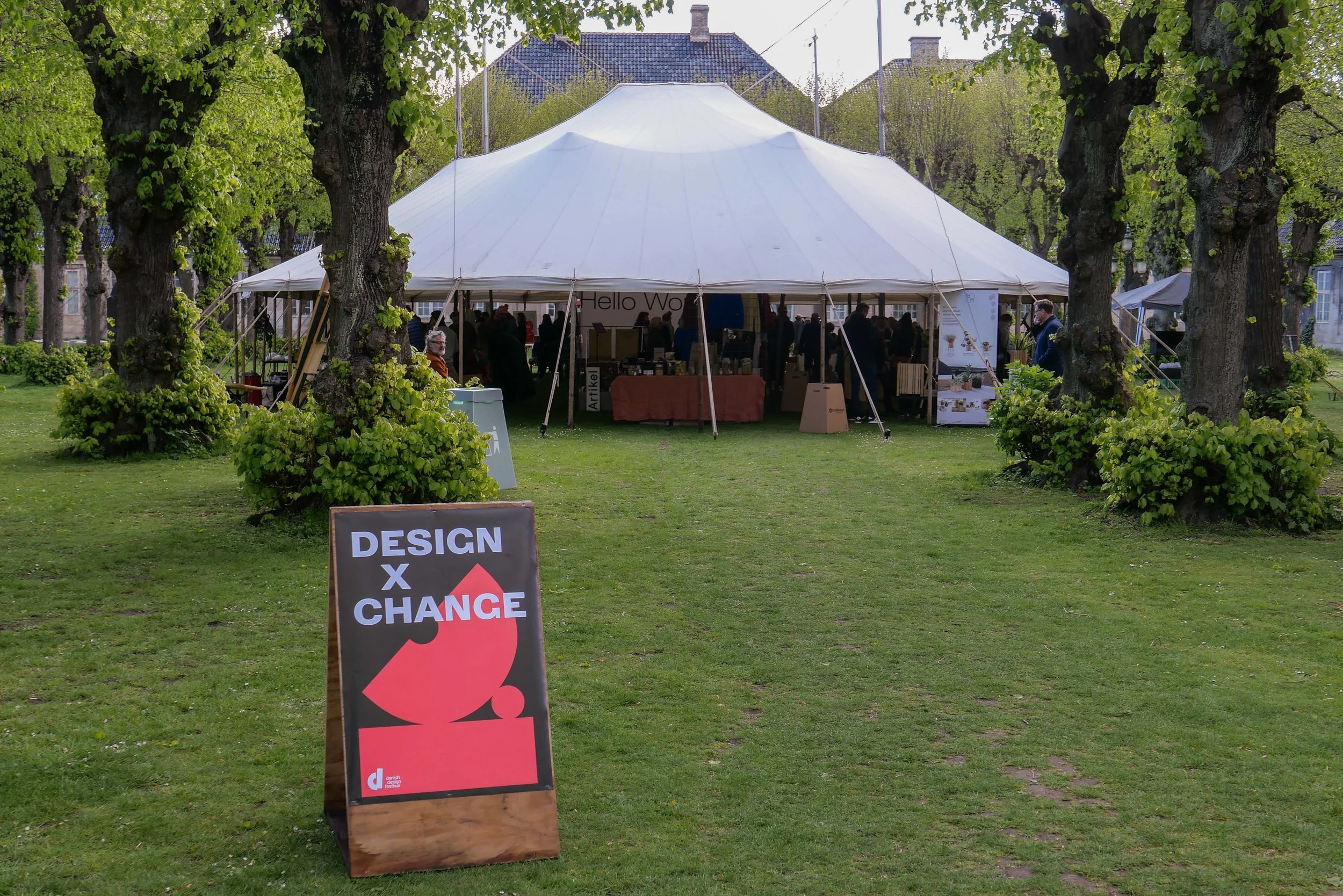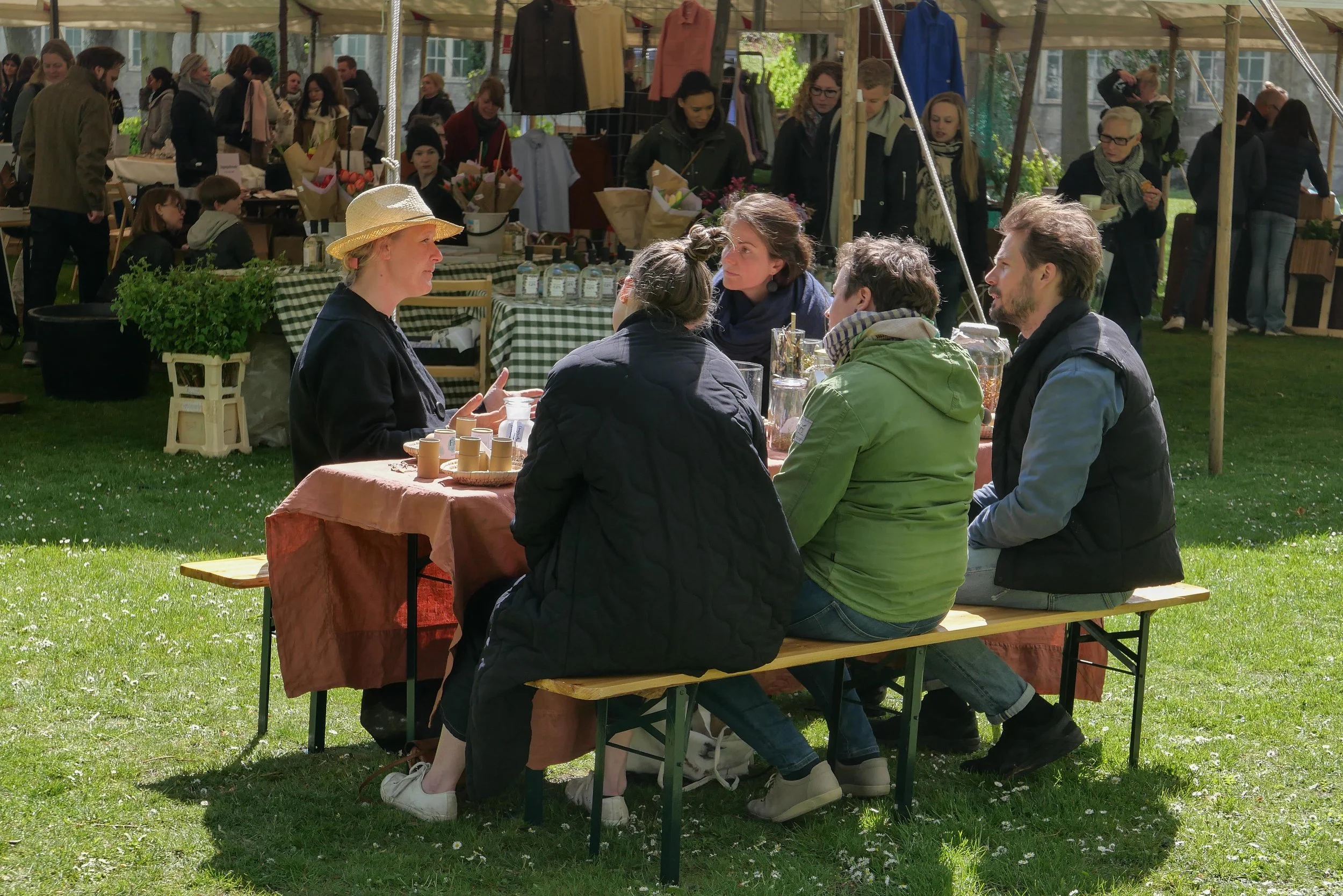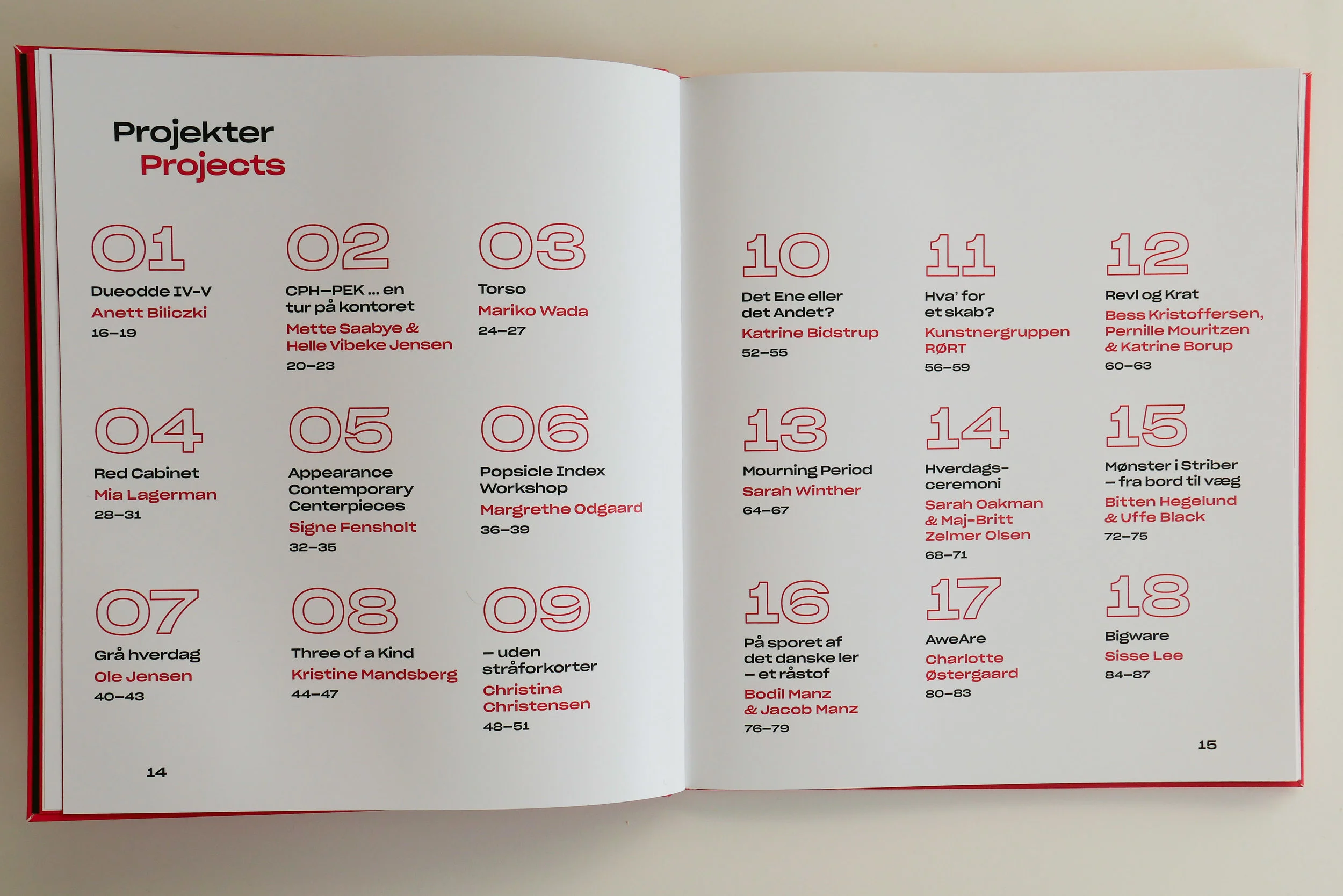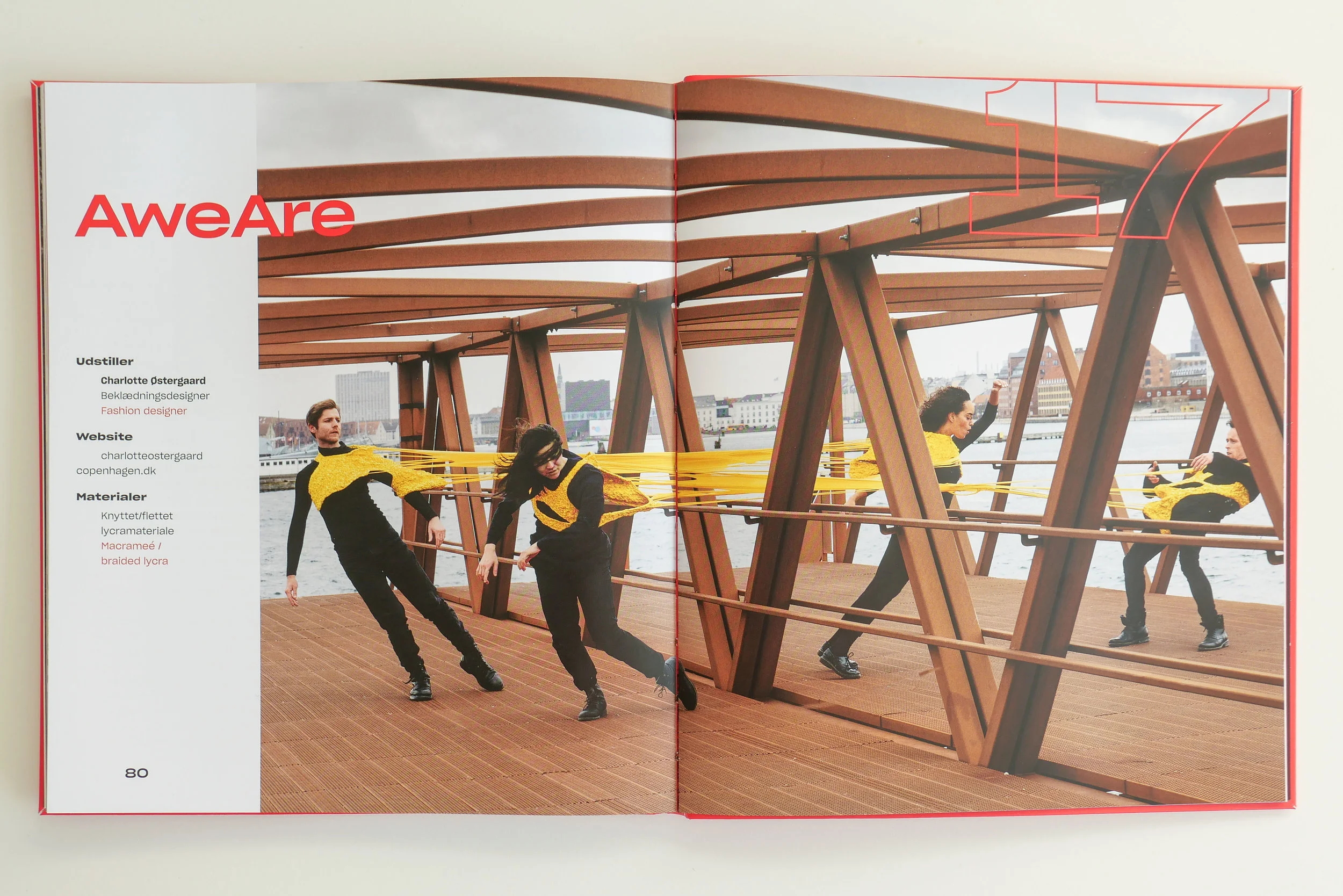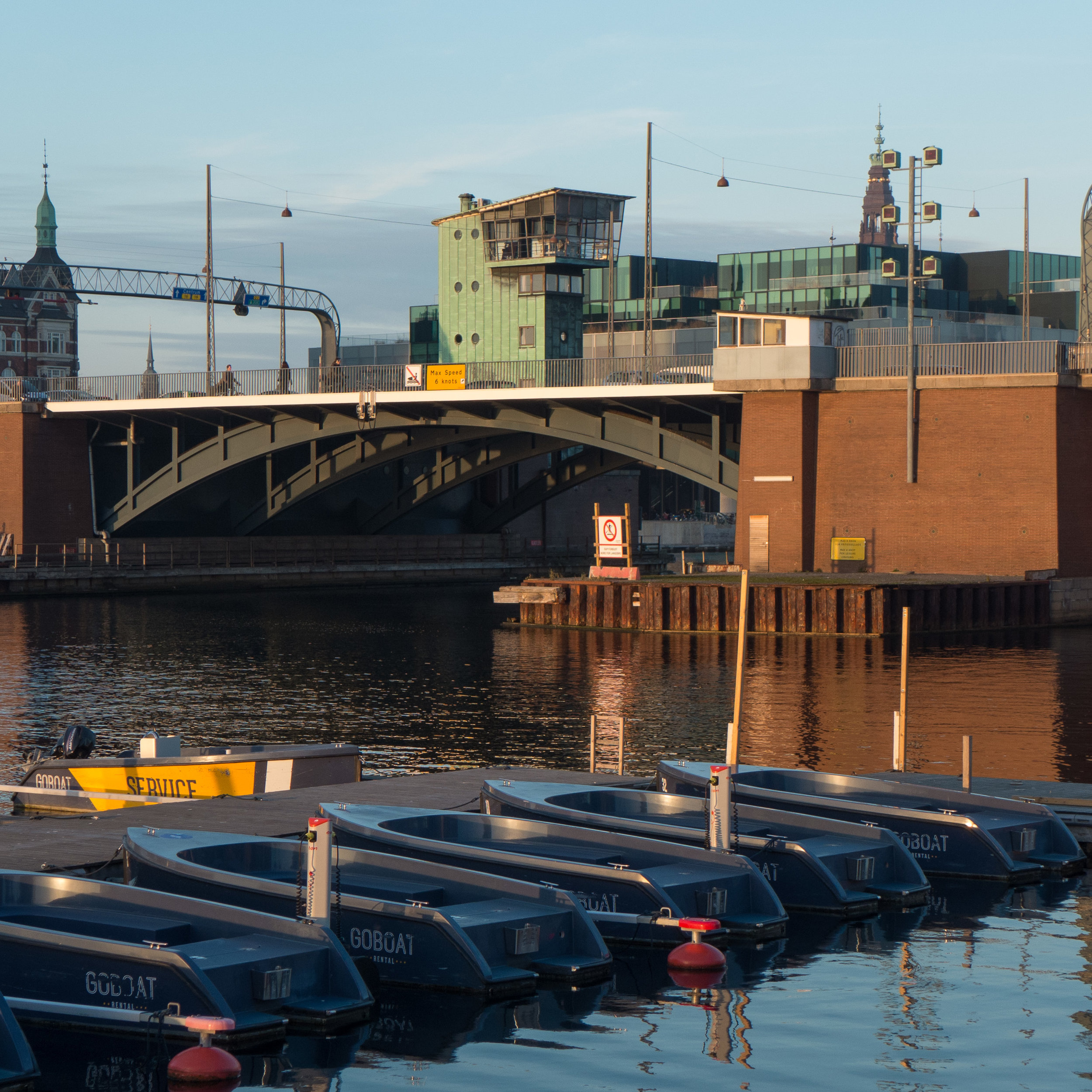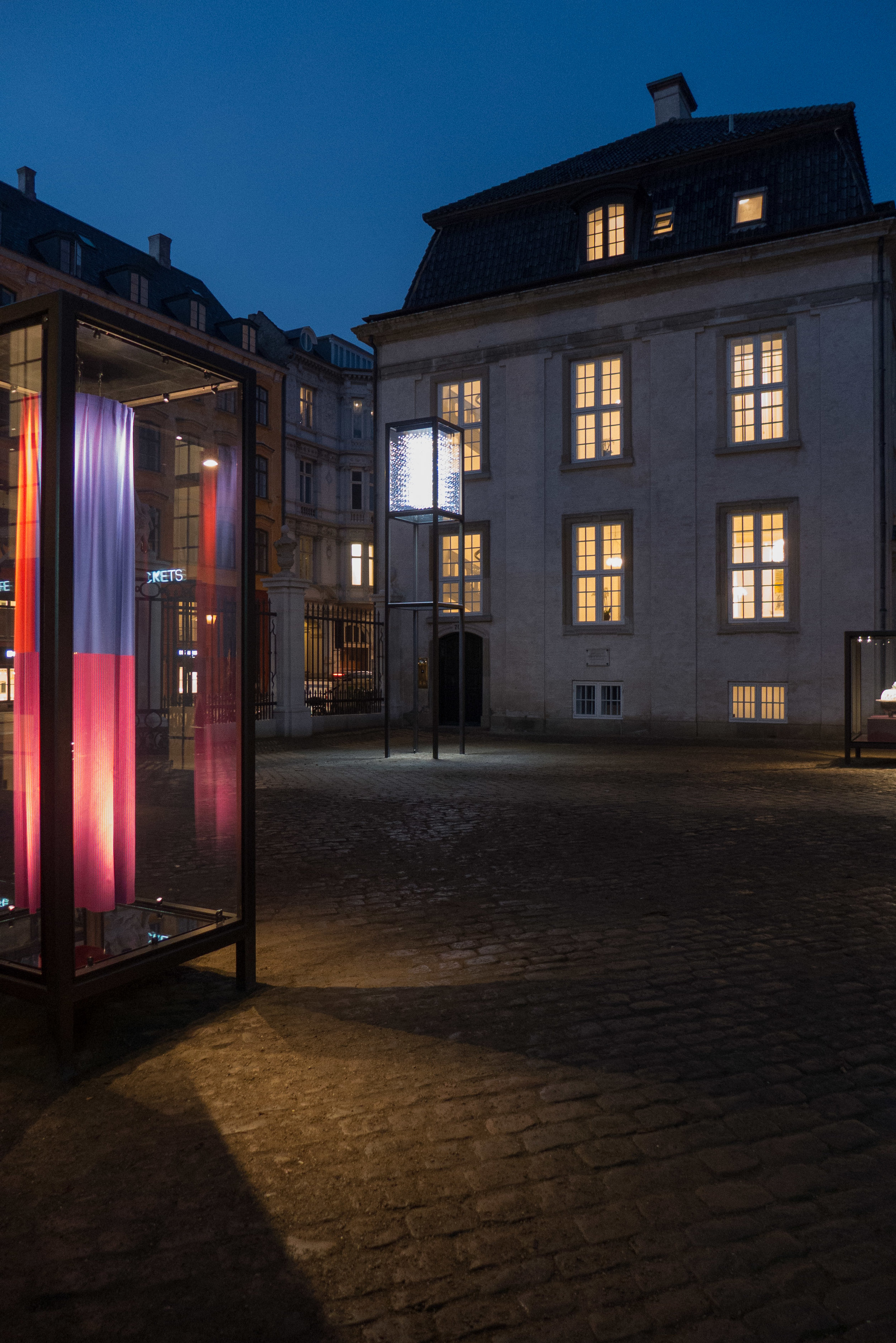The Museum of Copenhagen will reopen in February but in a different part of the city - in a refurbished building on Stormgade close to the city hall - and there is now a growing controversy about the future of the building that they occupied on Vesterbrogade that is now vacant.
In the 1950s, the museum of the history of the city moved to this very fine house that dates from 1782 and was built as a new home for the Royal Copenhagen Shooting Society … a society had been established back in the 15th century to train citizens to defend Copenhagen.
In the late 18th century, in their new building, outside the west gate of the city, there were gardens and shooting ranges that ran back from the house as far as the beach. However, in the 19th century, after the construction of the Copenhagen to Roskilde railway, that ran across the end of the shooting range and with the subsequent and rapid development of the west suburb, including apartment buildings on the south end of the shooting range and along what is now Istedgade, a high brick wall had to be built in 1887 across the end of the ranges to protect pedestrians walking across on the new road along the beach.
After the war, the Shooting Society moved out of the city to Solyst, north of Klampenborg, and the land and buildings on Vesterbrogade were acquired by the city. Much of the old garden and the shooting range behind the 18th-century house became what is now a very popular inner-city park and Vesterbro Ungdomsgård - a club and sports facilities for young people in this district - was built in 1952-53 across almost the full width of the garden and close to the back of the house so, although there is still an impressive forecourt towards the road, there is surprisingly little land behind the house for such a large and important historic property.
Inside, the house there are large and distinctive rooms with fine interior fittings so the property is protected and any new owner would be restricted in what they could do to the building and that could, in turn, limit how it is used.
Initially the building was offered on the commercial market for sale but, after some discussion, there is now a possibility that the house will either be retained by the city or it could be restored for a social or public function so that some public access would still be possible.
The battle now would seem to be between sections of the city administration who see the building as an important asset owned by and for the city that has to be kept in public ownership and control for the citizens and political factions who see it as financially astute to realise an asset that will have serious upfront and ongoing costs to restore and maintain but for now the building is unused and looks more and more unloved.
the gardens of the Royal Shooting Gallery


